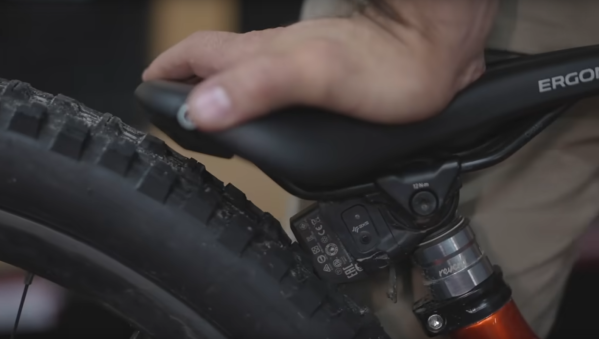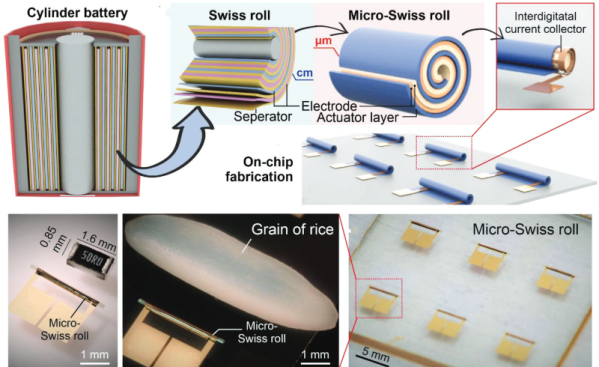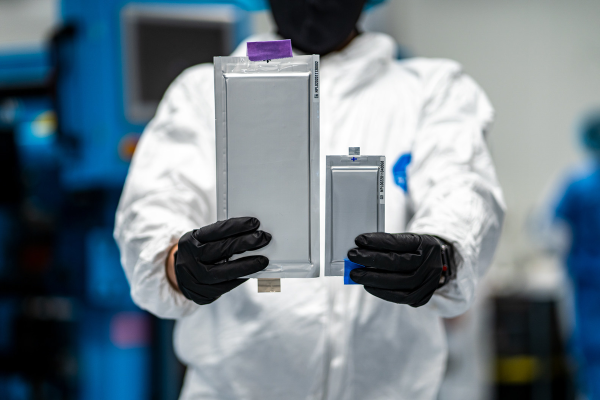For those unfamiliar with the sport of mountain biking, it’s a wild hobby that is rife with hacking. It started in the early 70s when the first dedicated mountain bikers were hacking road bikes together to ride on trails to varying levels of success, but only in the last decade or so have there been a lot of electronics appearing in various bike parts that we can all tinker with as well. This video discusses some of the downsides with a very expensive electronic seat post on a mountain bike, and attempts to solve its shortcomings by cutting it in half.
This build involves a dropper seat post, which is an adjustable seat for mountain biking that functions like an office chair. By pushing a button on the handlebars, the seat post can be rapidly adjusted up or down on-the-fly. Normally these seat posts use a cable to actuate, but this expensive version is wireless. The only problem is the battery will occasionally fly off when hitting big jumps, so [Berm Peak Express] decided to cut the existing proprietary battery system out and create a new housing for it. The new housing has a wired extension for the battery in its new location under the seat instead of behind it, and this gives it the clearance it arguably should have had from the manufacturer.
While not the most involved project of all time, it does take a certain mentality to take a hacksaw to a bike part that costs more than a large percentage of bicycles. It’s a niche product to be sure, but it also shows that some of the biggest annoyances with proprietary parts are not too difficult to overcome. And, it is interesting to see the ways that some people are hacking bikes outside of admittedly clever ebike conversions.
Continue reading “$800 Mountain Bike Seat Post Chopped In Two”

















